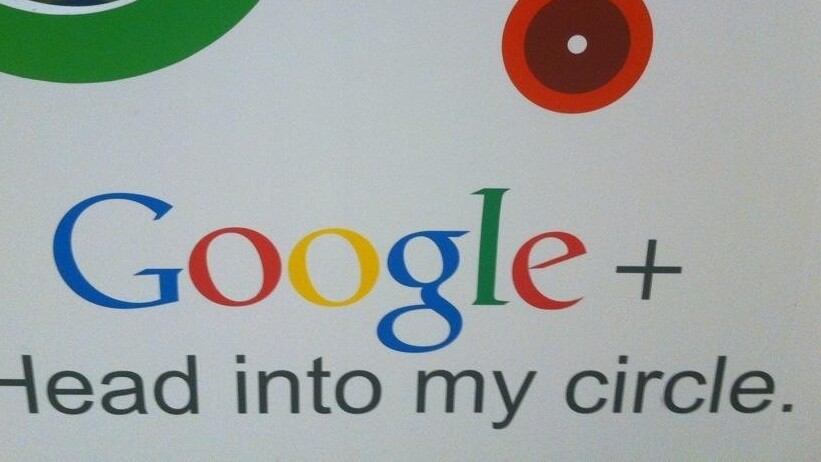
Google has released its Google+ iPhone and iPad apps in 48 new countries and territories around the world.
Here’s the complete list of the new regions:
Albania, Anguilla, Barbados, Benin, Bermuda, Bhutan, Brunei Darussalam, Burkina Faso, Cambodia, Cape Verde, Cayman Islands, Chad, Republic of Congo, Dominica, Fiji, Gambia, Grenada, Guinea-Bissau, Guyana, Kyrgyzstan, Lao People’s Democratic Republic, Liberia, Macau, Malawi, Mauritania, Federated States of Micronesia, Mongolia, Montserrat, Mozambique, Namibia, Nepal, Palau, Papua New Guinea, Saint Lucia, Seychelles, Sierra Leone, Solomon Islands, St. Kitts and Nevis, St. Vincent and The Grenadines, Suriname, Swaziland, São Tomé and Príncipe, Tajikistan, Turkmenistan, Turks and Caicos, Ukraine, British Virgin Islands, Zimbabwe
While iOS users in these new markets will likely represent just a fraction of the entire Google+ community, this is still a significant step in making the service both global and mobile.
A number of those regions should already be covered in terms of localized language support, as the apps can be used in over 40 languages:
English, Arabic, Bulgarian, Catalan, Chinese, Croatian, Czech, Danish, Dutch, Estonian, Finnish, French, German, Greek, Hebrew, Hindi, Hungarian, Indonesian, Italian, Japanese, Korean, Latvian, Lingala, Lithuanian, Malay, Moldavian, Norwegian, Persian, Polish, Portuguese, Romanian, Russian, Serbian, Slovak, Slovenian, Spanish, Swedish, Tagalog, Thai, Turkish, Ukrainian, Urdu, Vietnamese
Google+ received a bevy of updates last December across its iOS, Android and desktop versions, adding support for basic profile editing, the ability to subscribe to any circle for notifications and a new visual stream design. The company also launched its Google+ Communities features in December as a challenge to Facebook Groups.
As of last month, the service had over 500 million registered users and 235 million active users. 135 million of those use the service in-stream, while the other 100 million use it through related Google products (Hangouts in Gmail, +1s in Google Play, etc).
See also: Google in 2012: A year when mobile and social seeds began to shoot roots
➤ Google+: iOS
Disclosure: This article contains an affiliate link. While we only ever write about products we think deserve to be on the pages of our site, The Next Web may earn a small commission if you click through and buy the product in question. For more information, please see our Terms of Service.
Get the TNW newsletter
Get the most important tech news in your inbox each week.





